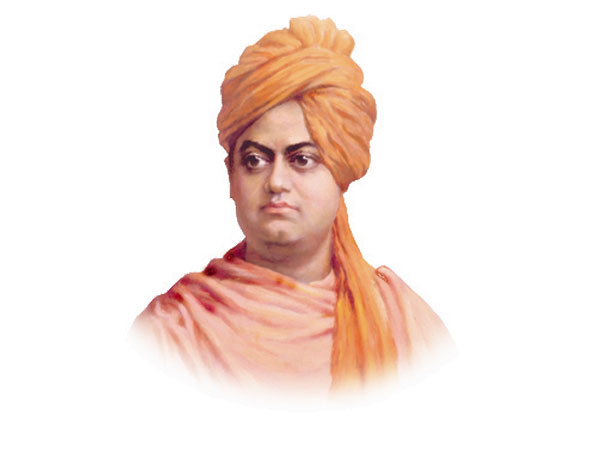
Soon, the young monk of Baranagore wanted to live the life of a wandering monk with rags and a begging bowl and no other possessions. On July 1890, Vivekananda set out for a long journey, without knowing where the journey would take him. The journey that followed took him to the length and breadth of the Indian subcontinent. During these days, Vivekananda assumed various names like Vividishananda (in Sanskrit, Vividisha means "the desire to know" and Ananda means "bliss"), Satchidananda, etc., It is said that he was given the name Vivekananda by Maharaja of Khetri for his discernment of things, good and bad.
During these wandering days, Vivekananda stayed on king's palaces, as well as the huts of the poor. He came in close contact with the culture of different regions of India and various classes of people in India. Vivekananda observed the imbalance in society and tyranny in the name of caste. He realised the need for a national rejuvenation if India was to survive at all. He reached Kanyakumari, the southernmost tip of the Indian subcontinent on 24 December 1892. There, he swam across the sea and started meditating on a lone rock. He thus meditated for three days and said later that he meditated about the past, present and future of India. The rock went on to become the Vivekananda memorial at Kanyakumari. source: http://en.wikipedia.org/wiki/Swami_Vivekananda
